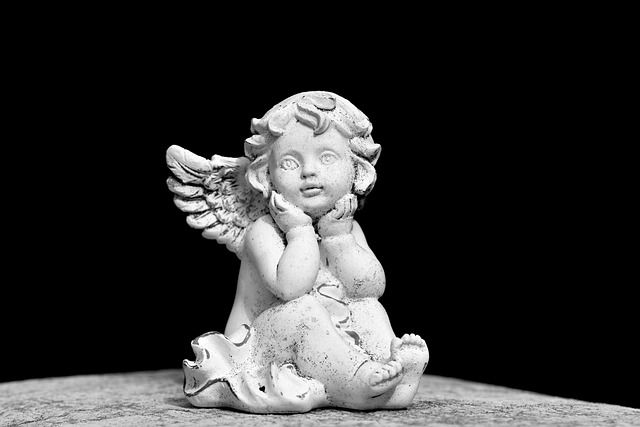In the echo of silence, there’s a powerful presence that resides in the poised grace of the sitting statue. Whether in stone, bronze, or clay, this sculptural form transcends time, inviting onlookers into a subtle dialogue between stillness and emotion. Within the realm of Fine Arts, the sitting posture holds a revered place — not just as an artistic challenge, but as a vessel of contemplation, dignity, and cultural significance.
The stillness of a sitting statue often contrasts with the dynamism expected in sculpture. Yet, its calm composure communicates volumes. From Rodin’s “The Thinker” to ancient Buddhist representations, seated figures embody moments of reflection, wisdom, and sometimes sorrow. Every fold of the robe, tilt of the head, or placement of the hands is intentionally crafted, compelling the viewer to pause, to feel, and to see beyond the form.
Across diverse cultures, the seated figure has long been a potent symbol. In Eastern traditions, the cross-legged Buddha is a spiritual anchor, radiating serenity and enlightenment. In Egyptian art, the seated scribes and pharaohs symbolize intellect, authority, and the eternal. Greek and Roman sculptures often chose sitting figures to signify divinity or philosophical pondering. The posture itself is a story: grounded, thoughtful, and serene — a state both divine and deeply human.
Within art circles, artists perceive the seated figure as a powerful composition. It invites viewers to slow down and study the relationship between body language and sculptural space. The equilibrium between posture and poise allows the statue to act as a silent witness to its environment, whether perched in a gallery, courtyard, or sacred space. This meditative quality of the sitting statue makes it a mirror to the viewer’s own introspective journey.
The emotion embodied in a sitting statue provokes a quiet empathy, something easily overlooked in our fast-paced lives. The subtle curves, the expressive tension in the limbs, or the gentle slouch of the shoulders bring out a narrative that doesn’t need words. It’s the art of saying everything by seemingly doing nothing.
More than a sculptural technique, the sitting pose is a celebration of inner stillness — a quality that resonates across eras and artistic movements. It is in these statues that sculptors find a balance between motion and pause, between narrative and nuance. For admirers of sculpture and seekers of cultural depth, the sitting statue invites a return to stillness, offering not just something to admire, but something to feel.



